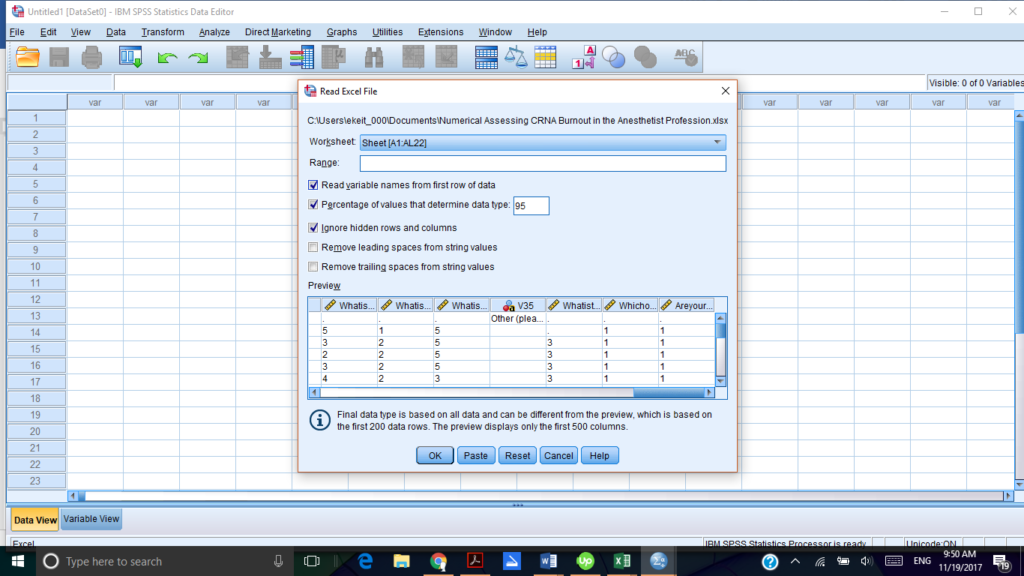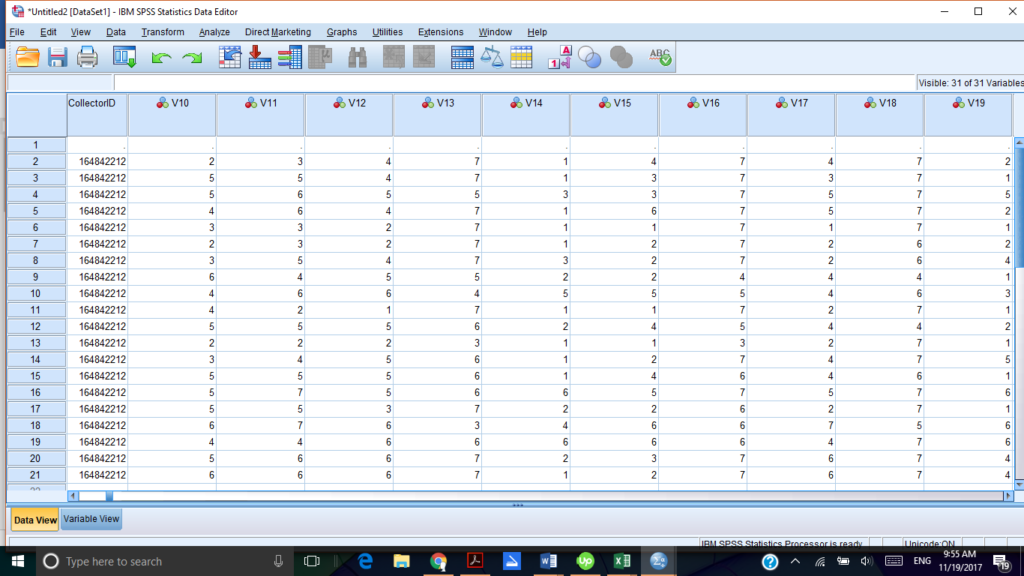Unobtrusive research differs from other more obtrusive survey type of research in that the researcher is not involved, present, noticeable or potentially impactful in collecting data.
Generally, measures used to collect data is important but sometimes may take a back seat to other considerations in research design like whether it is quantitative, qualitative, or mixed. Or perhaps to the type and style of statistical analysis.
Researchers take great care in formulating the best measures to properly and adequately collect data for analysis in order to answer an all-important research question. This typically involves utilizing information collected on or about individuals’ actions, behaviors, opinions, or beliefs to name a few. One of the main differences in collecting this information and data is whether researchers decide to employ obtrusive (i.e. noticeable or involved in a direct way) or unobtrusive (i.e. not noticeable or involved in any direct way) research methods.
Unobtrusive research involves methods of gathering data on subjects of research WITHOUT DIRECTLY interfering, interrupting or contacting the subjects and their natural and normal behaviors and actions. Traditionally, the specific methods of unobtrusive research include indirect measures, historical comparative analysis, content analysis and secondary data analysis. These methods mainly rely upon using a wide variety of sources including books, speeches, records, recordings, publicly available government documents or surveys, previously documented or analyzed information and the informal collection of data through simple observation.
This differs from survey research which involves the DIRECT CONTACT and questioning of research subjects to gain data and information on a specific research topic. Survey research typically takes on the form of a questionnaire or an interview. Survey questionnaires contain a series of pre-determined questions respondents answer via in-person, over the phone, or online either verbally, in writing or electronically. Interviews are concentrated on a more conversational tone where questions may be based on the responses of the subject and can be conducted in person or over the phone.
Unobtrusive research has some advantages over survey research. One major advantage is the elimination of biases introduced by researchers and/or subjects whereby subjects may alter their behavior or responses for researchers, or based on what they believe researchers want to hear or see. In addition, unobtrusive research contains easily repeated methods, it is easier to correct collection errors, it examines actual behavior over self-reported behavior, the data is easier to obtain, and it is generally less expensive.
The disadvantages of unobtrusive research, compared to survey research, may include issues with the validity of the research which can be compromised in that the original intent of the data collection, or the original data itself, may not exactly match the specific needs and requirements of the current research. In addition, researchers cannot control the specific types of information included in, or collected from, the original source or documentation which can lead to limited amounts of data for the current research topic. Furthermore, the methods employed to collect the original data, the original social and cultural context related to the primary source of information, the context of the original research and the potential biases and personal viewpoints of the original researchers collecting the data may impact the validity of data and reliability of the results of the current research study.
So, considering the types of data, the research topic and question you are investigating and the overall design of your research; the type and method of data measures should be an important consideration in your initial research design.








